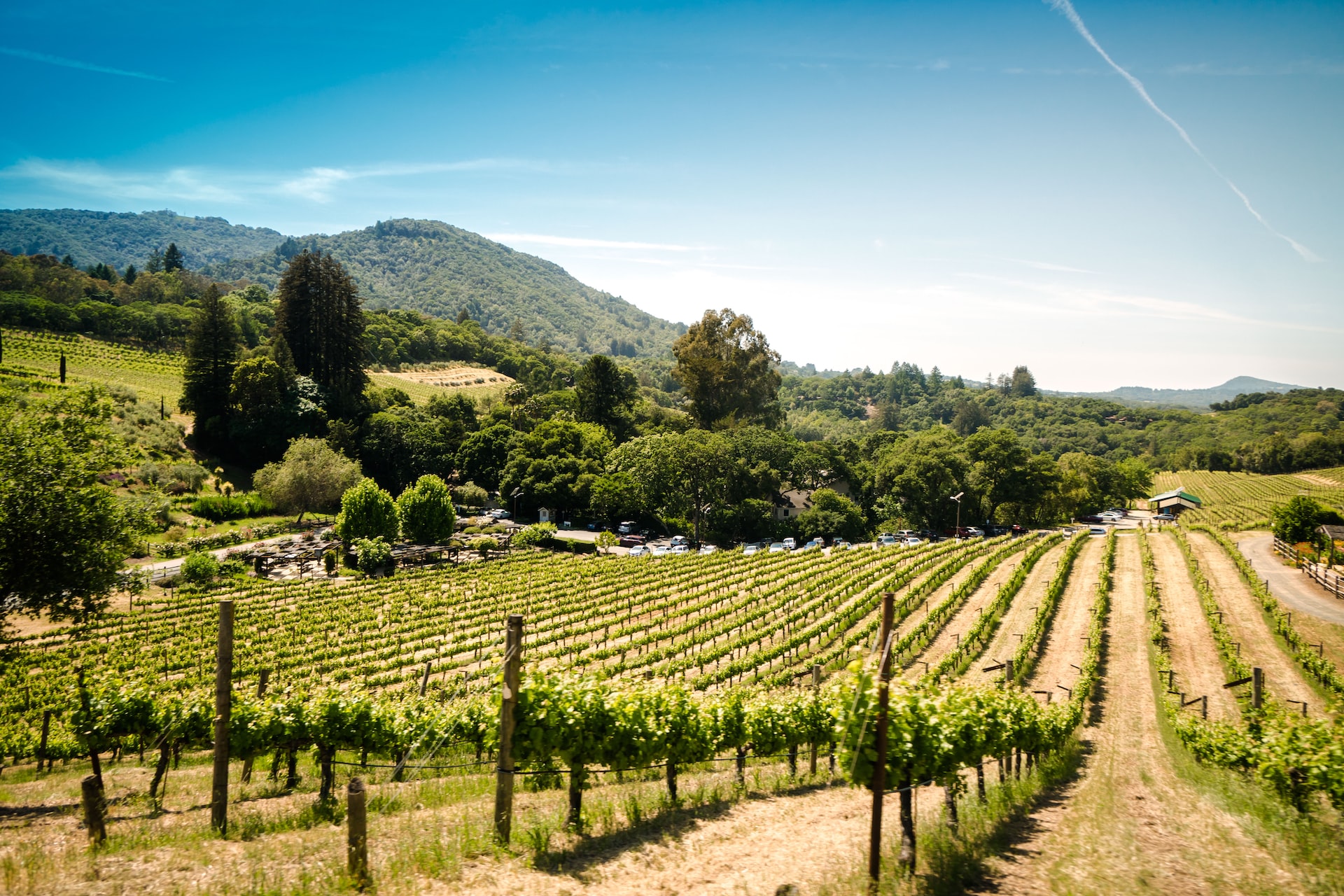The Future Of Farming And Agriculture In Rural Canada

Farming and agriculture play a vital role in the economy and way of life of rural Canada. However, with changing climate, technological advancements, and shifting consumer demands, the industry is facing new challenges and opportunities.
The current state of farming and agriculture in rural Canada
Agriculture is a major contributor to the Canadian economy, with the sector generating over $100 billion in economic activity annually. The majority of Canada’s farms are found in rural areas, with the prairies and western provinces being the most agriculturally productive regions.
The industry is diverse, with a wide range of crops and livestock being raised, but the top commodities include wheat, canola, and beef. According to Statistics Canada, there has been a decline in the number of farms in recent years, but an increase in the average size of farms.
Challenges facing the industry
Climate change and its impacts, such as increased frequency of extreme weather events and changes in temperature and precipitation patterns, are affecting crop yields and livestock health. Access to labor is becoming increasingly difficult for farmers, with a shortage of workers available to help with planting, harvesting, and other tasks.
The industry is also facing pressure from consumers who are demanding more sustainable and environmentally-friendly farming practices. Additionally, trade disputes and tariffs are affecting the export market for Canadian agricultural products.
Opportunities and innovations
The increasing demand for organic and non-GMO products presents an opportunity for farmers to tap into new markets. New technologies such as precision agriculture and vertical farming are helping to increase efficiency and productivity on farms.
There is also an increasing interest in agritourism, where visitors can experience farm life and learn about agriculture firsthand. Government initiatives such as the Canadian Agricultural Partnership, which provides funding and resources to support the growth and competitiveness of the industry, also present opportunities for farmers to innovate and improve their operations.
In conclusion, the future of farming and agriculture in rural Canada is uncertain but promising. With advancements in technology and sustainable practices, farmers in rural areas have the opportunity to improve crop yields and profitability. However, challenges such as climate change and access to markets must be addressed in order for the industry to thrive.





